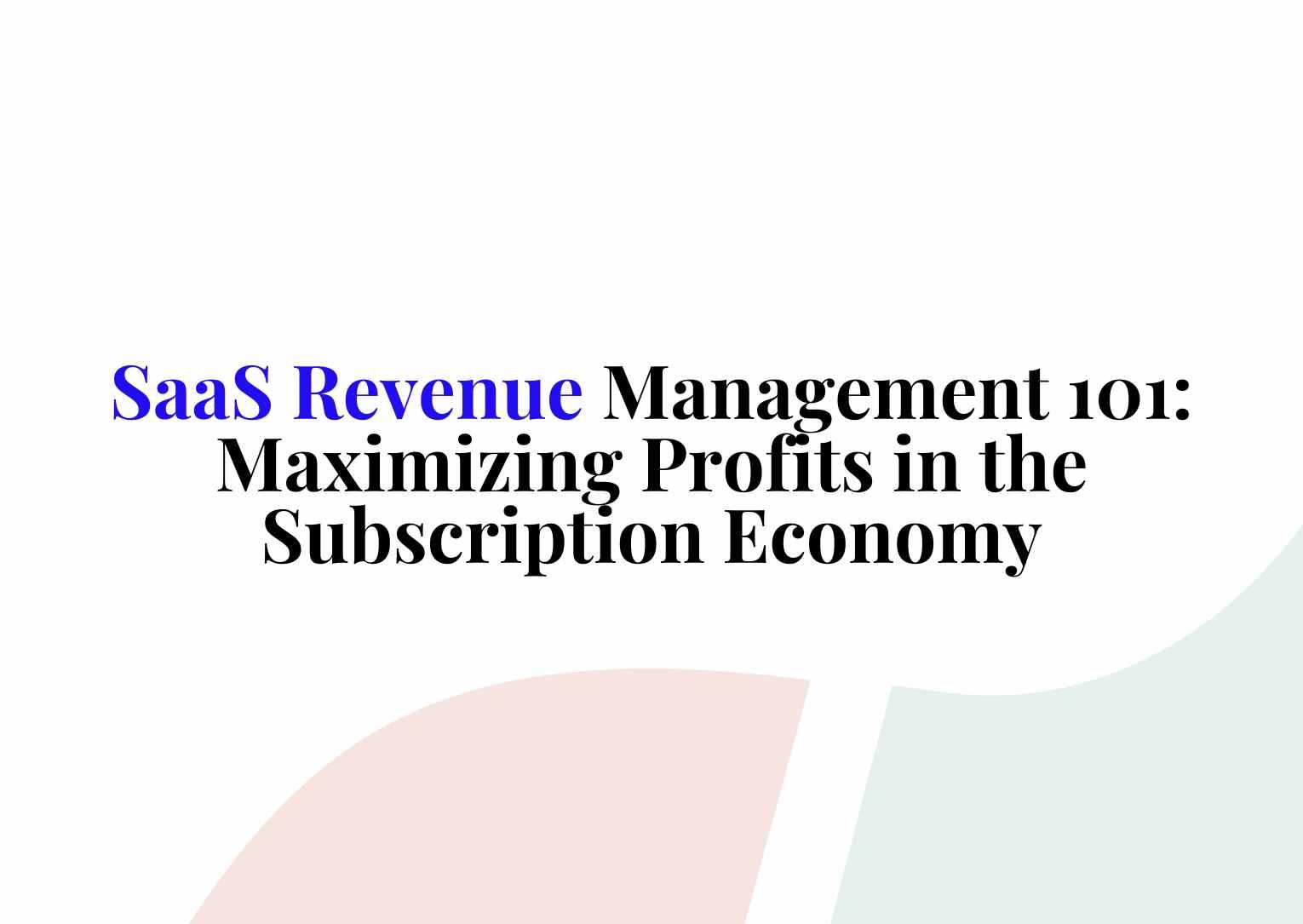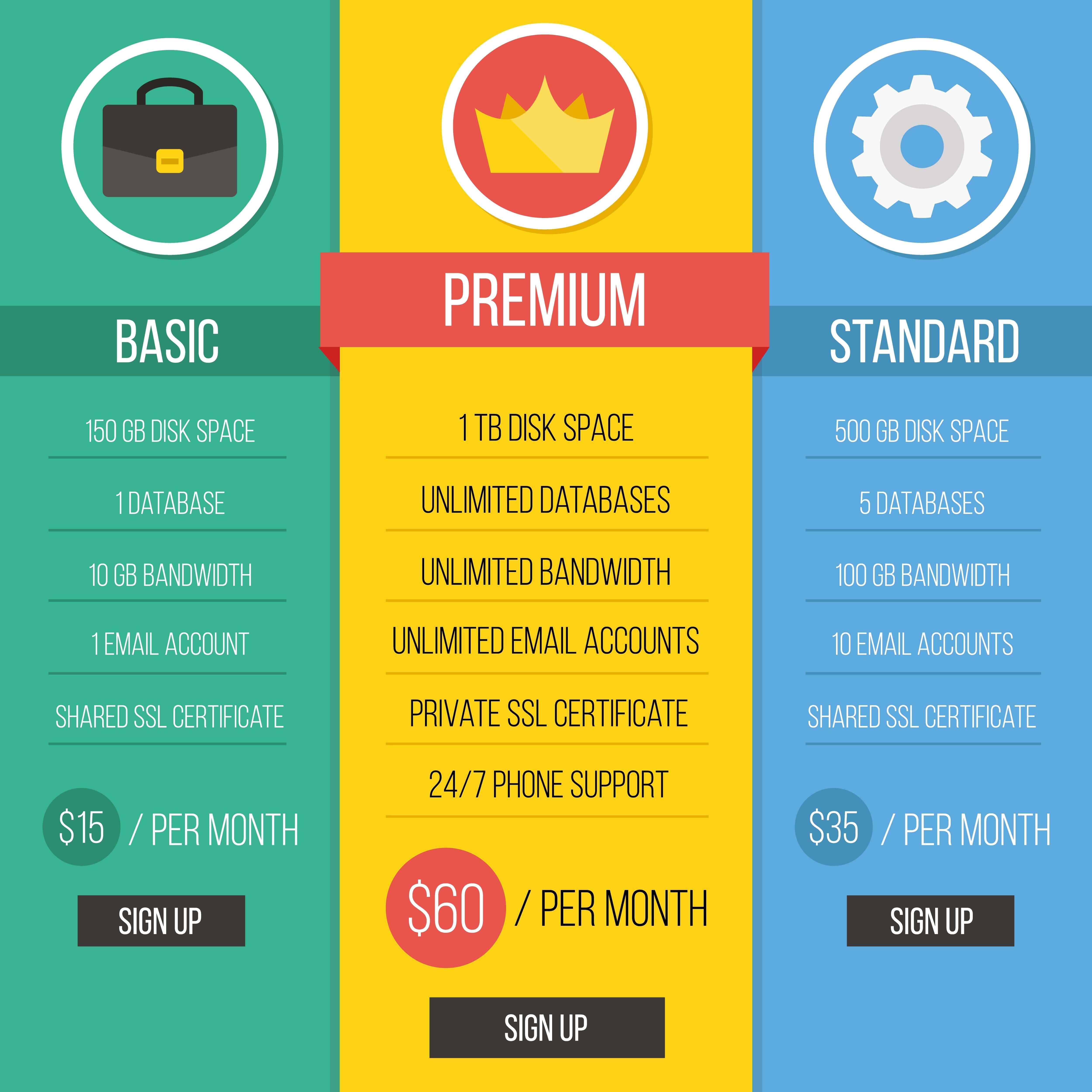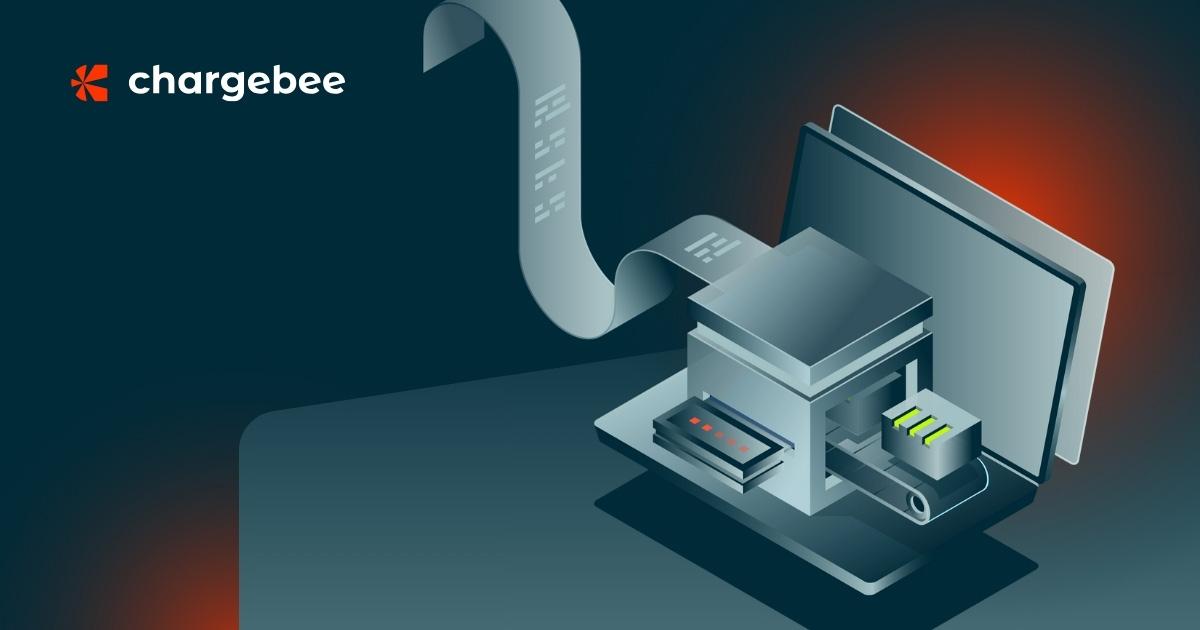In an era where digital transactions reign supreme, the landscape of financial management is undergoing a seismic shift. As businesses increasingly turn to Software as a Service (SaaS) models, the complexities of billing and revenue management are becoming more intricate, yet critical to profitability and growth. Enter automated billing systems—tools designed to streamline what was once a cumbersome and error-prone process. This article explores the future of automated SaaS billing, delving into the technologies and strategies poised to transform how companies track revenue, manage subscriptions, and enhance customer experiences. As we navigate this evolution, we will uncover the benefits of automation and the pivotal role it plays in ensuring that businesses not only keep pace with their customers’ demands but also thrive in a competitive marketplace. Join us as we unravel the innovative solutions that promise to simplify billing, bolster cash flow, and redefine the revenue landscape for SaaS providers worldwide.
Revolutionizing SaaS Revenue Management with Intelligent Automation
In today’s competitive landscape, intelligent automation is ushering in a new era for SaaS revenue management. Companies can now harness advanced algorithms to analyze usage patterns, forecast demand, and refine pricing strategies effectively. By automating billing processes, businesses can significantly reduce manual entry errors and minimize administrative burden, allowing teams to focus on strategic growth initiatives. This shift toward automation not only enhances operational efficiency but also creates opportunities for tailored customer experiences, as users receive accurate billing aligned with their unique consumption habits.
Moreover, the implementation of automation in revenue management enables real-time visibility into key performance indicators, empowering organizations to make informed decisions swiftly. Through robust reporting tools and analytics dashboards, providers can monitor revenue flow, churn rates, and customer lifetime value with unprecedented accuracy. The following table illustrates the key benefits of transitioning to an automated SaaS billing system:
| Benefit | Description |
|---|---|
| Increased Accuracy | Minimized human errors in billing and invoicing. |
| Enhanced Customer Satisfaction | Streamlined communication and improved billing transparency. |
| Scalability | Effortlessly manage growing customer bases without additional overhead. |
| Data-Driven Insights | Utilize analytics for strategic decision-making and financial planning. |

Navigating the Landscape of Subscription Models for Optimal Profitability
As businesses increasingly rely on subscription models, understanding the diverse landscape of options is crucial for maximizing profitability. Companies must consider various factors, such as customer lifetime value, churn rates, and pricing strategies, while tailoring their offerings to meet specific market demands. A successful subscription model hinges on aligning product features with the expectations of the target audience. Businesses should strive to innovate their pricing structure by exploring:
- Tiered Plans: Offering multiple levels of service to cater to different customer segments.
- Freemium Models: Providing a basic service for free with paid upgrades for enhanced features.
- Usage-Based Billing: Charging customers based on their consumption, allowing for scalability and flexibility.
To support these strategies, leveraging automated SaaS billing systems can streamline operations and enhance revenue tracking. Automated billing solutions not only minimize human error but also provide real-time analytics that can inform decision-making and billing practices. Implementing such systems can lead to increased efficiency and improved cash flow management. Below is a simple breakdown of various automated billing benefits against traditional methods:
| Benefits | Automated Billing | Traditional Billing |
|---|---|---|
| Efficiency | High | Low |
| Error Rates | Minimal | High |
| Cash Flow Management | Real-Time Insights | Delayed Reporting |

Harnessing Data Analytics to Enhance Billing Accuracy and Customer Satisfaction
In an era where precision is paramount, leveraging data analytics has become essential for SaaS companies aiming to improve their billing systems. By analyzing historical transaction data, user behavior, and subscription trends, organizations can identify anomalies and potential discrepancies that may lead to billing errors. This proactive approach not only mitigates issues but also empowers finance teams to provide more accurate invoicing, fostering trust and reliability with clients. Moreover, with real-time analytics, businesses can swiftly adjust billing cycles and pricing strategies in response to market dynamics, ensuring they remain competitive and responsive.
The relationship between billing accuracy and customer satisfaction cannot be overstated. Clients expect transparency, and any billing disputes can quickly tarnish their experience. By integrating smart data analytics tools, companies can achieve the following benefits:
- Enhanced Accuracy: Automated checks reduce human error.
- Timely Alerts: Immediate notifications for billing discrepancies.
- Customer Insights: Understanding user preferences to tailor pricing.
To illustrate the impact of these strategies, take a look at the following table that showcases improvements in customer satisfaction scores pre- and post-implementation of data analytics in billing:
| Phase | Customer Satisfaction Score | Percentage Improvement |
|---|---|---|
| Before Analytics | 75% | – |
| After Analytics | 92% | 22% |

Future-Proofing Your Business: Best Practices for Seamless Integration and Scalability
Embracing automation within your SaaS billing system is essential for ensuring scalability and a seamless operational flow. By adopting cloud-based solutions, businesses can easily integrate new features and upgrades without the hassle of physical infrastructure changes. Emphasizing APIs (Application Programming Interfaces) not only enables interoperability between different systems but also enhances the customer experience by providing real-time access to billing information. Key approaches to streamline operations include:
- Implementing recurring billing to simplify revenue tracking.
- Utilizing AI and machine learning for personalized pricing models.
- Incorporating self-service portals for customer account management.
Moreover, the ability to scale your billing operations can significant impact your business growth. Create a flexible billing framework that accommodates various payment models, such as subscription, usage-based, or tiered pricing. An effective strategy also involves continuously monitoring analytics to refine your pricing strategy and forecast revenues accurately. To illustrate the comparative benefits of different billing models, consider the following table:
| Billing Model | Pros | Cons |
|---|---|---|
| Subscription | Predictable revenue, customer retention | Potential for subscription fatigue |
| Usage-Based | Aligns cost with usage levels | Revenue unpredictability |
| Tiered Pricing | Flexible options for different user needs | Complexity in understanding pricing |
The Way Forward
As we stand on the brink of a new era in SaaS billing, it’s clear that automation is not just a trend, but a transformative force reshaping how companies manage their revenue streams. Streamlining revenue through automated billing systems promises to enhance efficiency, reduce errors, and free up valuable resources for innovation and growth.
As organizations embrace these technological advancements, the way they interact with their customers will also evolve, ushering in a more transparent, user-friendly experience that benefits both parties.
In this landscape of constant change, one thing remains certain: the future of automated SaaS billing is bright, and the possibilities are limitless. As you navigate this journey, consider how these developments can empower your business, enhance your operational agility, and position you for success in an increasingly competitive market. The path forward is illuminated, and now is the time to embrace the efficiencies of automation, ensuring your organization isn’t just keeping pace, but leading the charge into a prosperous future.



